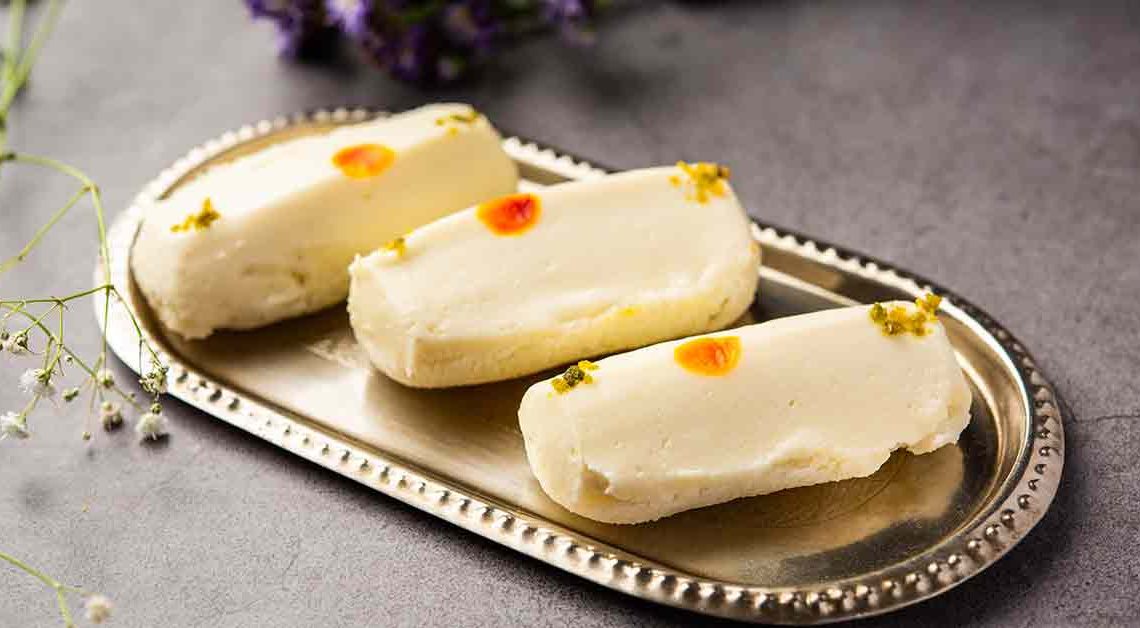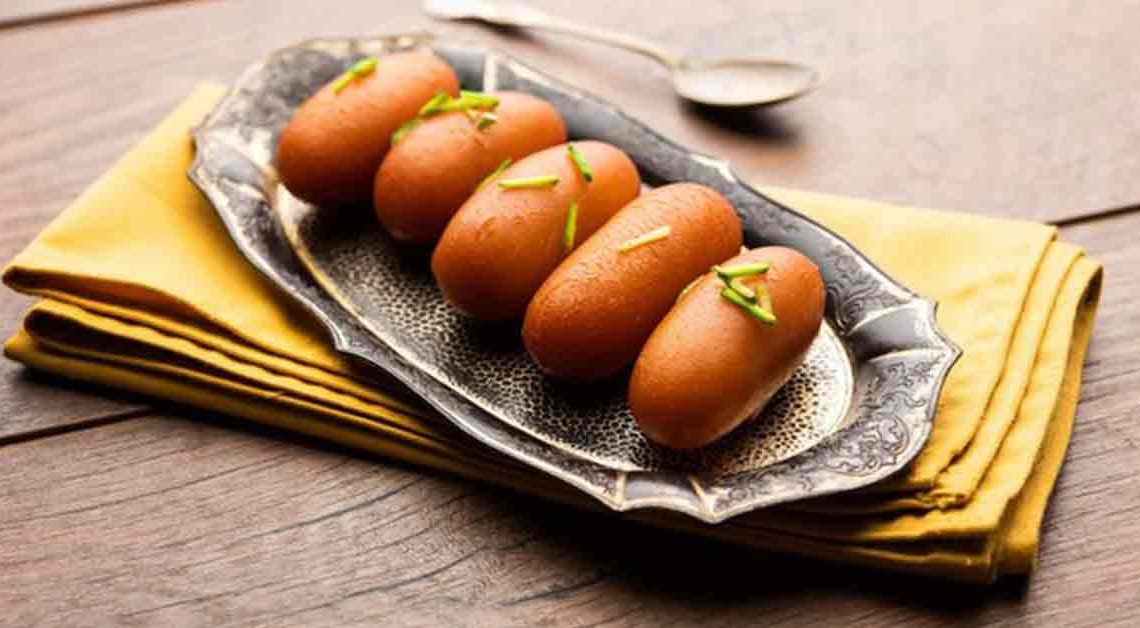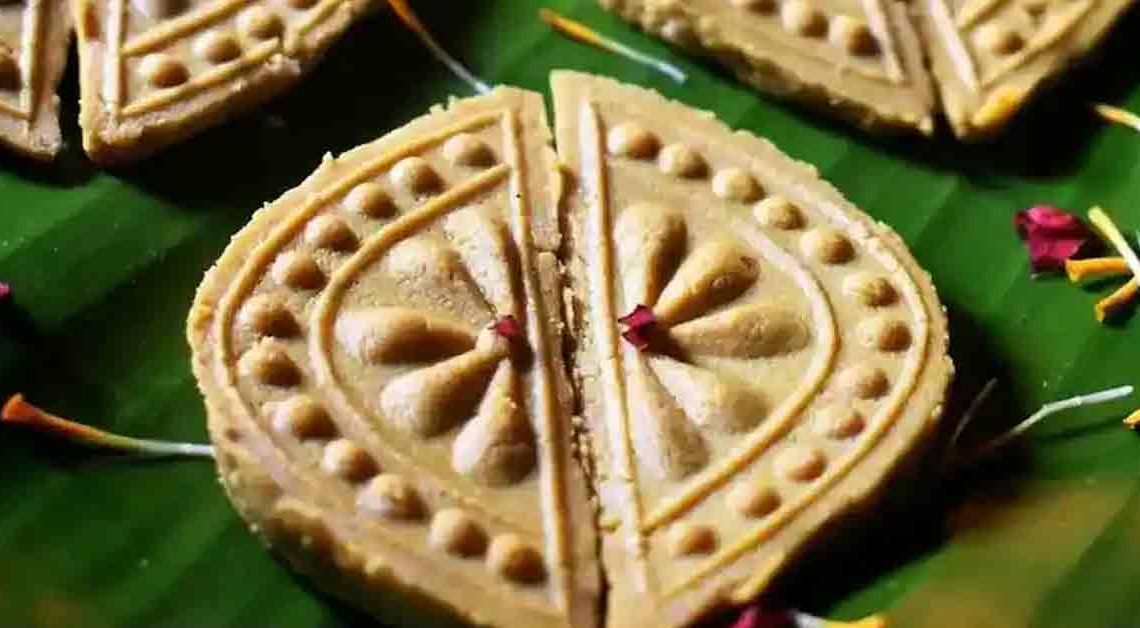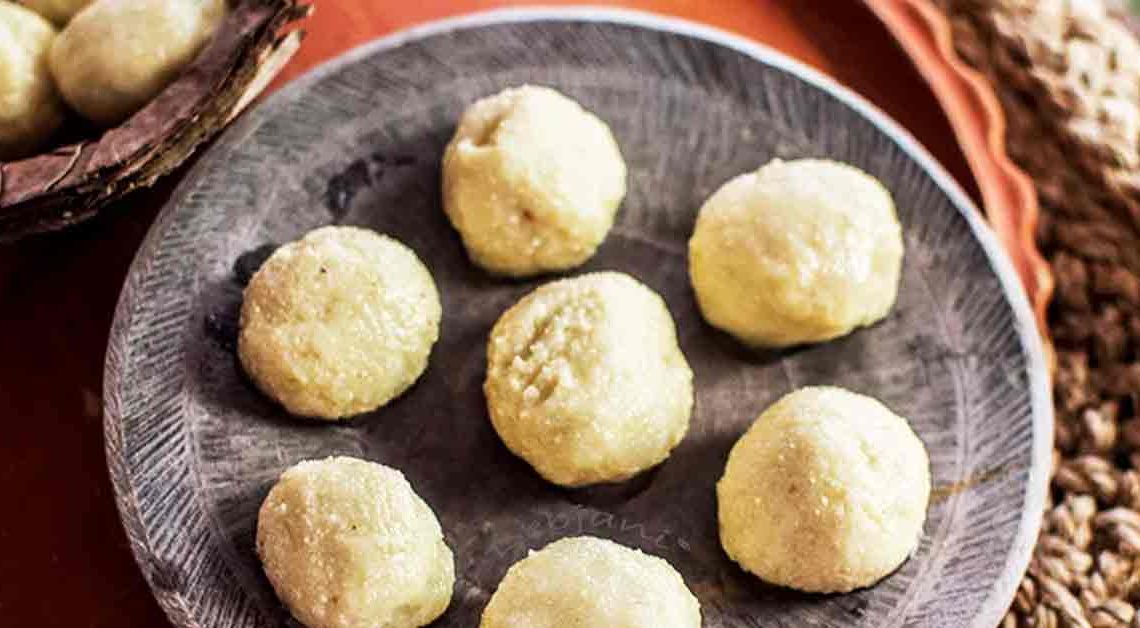Pakeeza Palate

Welcome to Mithainama! “Pakeeza Palate,” where we embark on a delectable journey through the heart of authentic flavors, tantalizing aromas, and culinary traditions that have stood the test of time. Our blog is a tribute to the art of cooking, where every recipe is a story waiting to be told, and every dish is a symphony of taste and culture.
Pakeeza, an Urdu word meaning “pure” and “fresh,” perfectly encapsulates the essence of our culinary adventures. We believe that food is not just sustenance; it’s a celebration of life, a reflection of culture, and a connection to our roots. Join us as we explore the rich tapestry of Indian cuisine, from the fragrant biryanis of Hyderabad to the fiery curries of Kerala, and from the savory street food of Mumbai to the sweet confections of Kolkata.
So, grab your apron, sharpen your knives, and let’s embark on this mouthwatering journey together. Prepare to be inspired, delighted, and most importantly, satisfied, as we unlock the delicious world of this delectable dessert. Stay hungry for knowledge, and let’s dive into the heart and soul of Indian desserts!
Origin of Pakeeza
The word has its origins in the Urdu language, which is spoken primarily in India and Pakistan. In Urdu, Pakeeza (پاکیزہ) means “pure,” “clean,” or “fresh.” It is a word often used to describe food that is prepared with care, using fresh and pure ingredients. In the context of cuisine, it signifies food that is not only delicious but also made with high-quality, unadulterated ingredients, emphasizing the importance of purity and freshness in the preparation of dishes.
The concept aligns with the principles of traditional South Asian cooking, which places a strong emphasis on using fresh and wholesome ingredients to create dishes that are both flavorful and nourishing. This culinary philosophy is deeply rooted in the cultural traditions of the Indian subcontinent, where food is considered not only a source of sustenance but also a means of connecting with one’s heritage and community.
History of Pakeeza
It is a term primarily associated with South Asian cuisine, particularly Indian and Pakistani cooking traditions. While there isn’t a specific historical event or origin story for the term itself, it has deep cultural and culinary roots in the Indian subcontinent.
The concept in food preparation can be traced back to ancient times when South Asian culinary traditions were evolving. Here are some historical aspects and influences that have contributed to the notion in South Asian cuisine:
The diverse regional cuisines within India and Pakistan have their own unique interpretations of dessert. For example, the Mughal Empire, which ruled parts of India from the 16th to the 19th centuries, greatly influenced the use of fresh and high-quality ingredients in Mughlai cuisine. This emphasis on purity and freshness remains a hallmark of dishes like biryanis and kebabs.
Cultural Significance
Pakeeza holds significant cultural importance in South Asian cuisine and society. This term, which means “pure” or “fresh,” goes beyond the realm of food and reflects broader cultural values and traditions. Here are some key aspects of the cultural significance of Pakeeza:
Culinary Heritage: It is a concept deeply rooted in South Asian culinary heritage. Many South Asian families take pride in passing down recipes and culinary techniques from one generation to the next, thereby preserving their cultural food heritage.
Religious and Ritual Significance: Food plays a central role in religious and ritual practices in South Asia. The concept aligns with the dietary restrictions and purity requirements of various religions, such as Hinduism and Islam. For instance, in Hinduism, food must be “sattvic” or pure, free from negative influences, and prepared with mindfulness.
Cultural Identity: The food is an integral part of South Asian cultural identity. Each region within the Indian subcontinent has its own unique interpretation of cuisine, reflecting local ingredients, traditions, and flavors. Whether it’s the fragrant biryanis of Hyderabad, the rich curries of Punjab, or the sweets of Bengal, and dishes showcase the diversity and vibrancy of South Asian culinary culture.
Where is Pakeeza Famous?
Pakeeza is a term that is primarily associated with South Asian cuisine, particularly Indian and Pakistani cooking traditions. It is not limited to a specific geographic location but rather a concept that is widely recognized and valued throughout the Indian subcontinent and among South Asian communities worldwide.
India: In India, the cuisine is popular and cherished in various states and regions. Each region has its own specialties and interpretations of Pakeeza dishes. For instance, you can find biryanis in Hyderabad, Pakeeza sweets in Bengal, and Pakeeza curries in Punjab.
Pakistan: The food is a cornerstone of Pakistani cuisine, whether it’s the flavorful Pakeeza kebabs or the aromatic Pakeeza pulao. Pakistani cuisine places a strong emphasis on using fresh and pure ingredients in its dishes.
South Asian Diaspora: South Asian communities around the world, including those in the United States, Canada, the United Kingdom, and the Middle East, continue to uphold the culinary tradition. South Asian restaurants, homes, and food markets in these regions often prioritize the use of fresh and pure ingredients to create authentic dishes.
Interesting Facts and Trivia
Pakeeza cuisine, with its emphasis on purity and freshness, is rich in history and culture. Here are some interesting facts and trivia related to it and South Asian cuisine:
- While it values freshness, it doesn’t mean it lacks spices. South Asian cooking often uses a wide array of aromatic spices like cardamom, cumin, coriander, and cloves to enhance the flavors of dishes while still maintaining a focus on purity.
- Its principles are evident in tandoori cooking, a method where marinated meats and vegetables are cooked in a clay oven known as a tandoor. The high heat of the tandoor helps seal in the freshness and natural flavors of the ingredients.
- Some of the most beloved dishes can be found in street food stalls across South Asia. For example, Pakeeza chaat, a flavorful and spicy snack made from fresh vegetables, is a popular street food in India and Pakistan.
- Ghee, clarified butter, is a common ingredient in cooking. It is believed to add richness and depth of flavor to dishes while adhering to the principle of using pure and unadulterated ingredients.
- South Asian cuisine, including Pakeeza dishes, strives for a balance of flavors—sweet, sour, spicy, salty, and sometimes bitter. Achieving this balance is considered essential for a satisfying meal.
Did You Know?
Pakeeza cuisine not only delights the taste buds but also offers remarkable health benefits!
- Many Pakeeza dishes incorporate herbs and spices like cumin, coriander, and ginger, which are known for their digestive properties. Consuming it can help promote better digestion and reduce bloating.
- South Asian spices such as turmeric and cloves, commonly used in Pakeeza cooking, are rich in antioxidants. These compounds help combat oxidative stress and may contribute to overall well-being.
- The cuisine often features a well-balanced mix of proteins, carbohydrates, and healthy fats. This balance provides sustained energy levels and can contribute to a sense of fullness and satisfaction.
- The aromatic spices used in dishes not only enhance flavor but can also have mood-lifting and stress-reducing effects. Aromatic compounds like saffron and cardamom have been associated with improved mental well-being.
- The dishes often contain a variety of vegetables and herbs, providing essential vitamins and minerals. For example, spinach and fenugreek are excellent sources of iron and folic acid.







